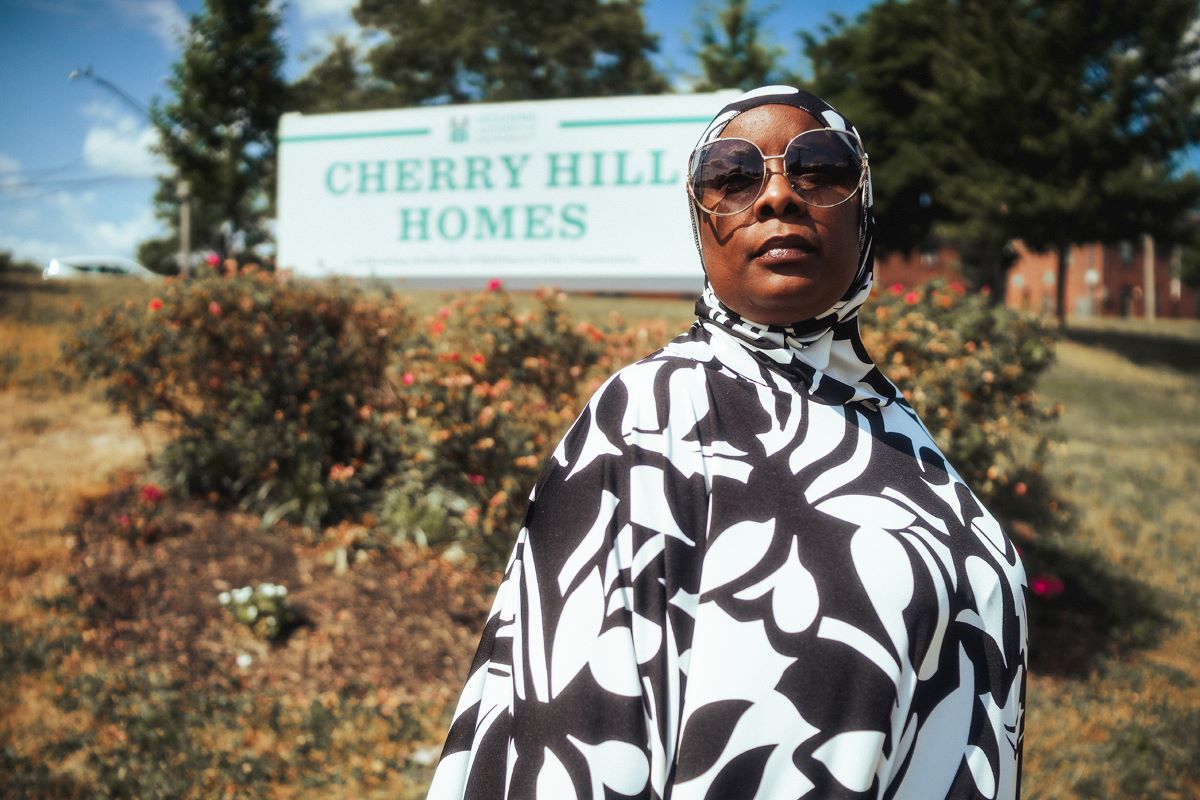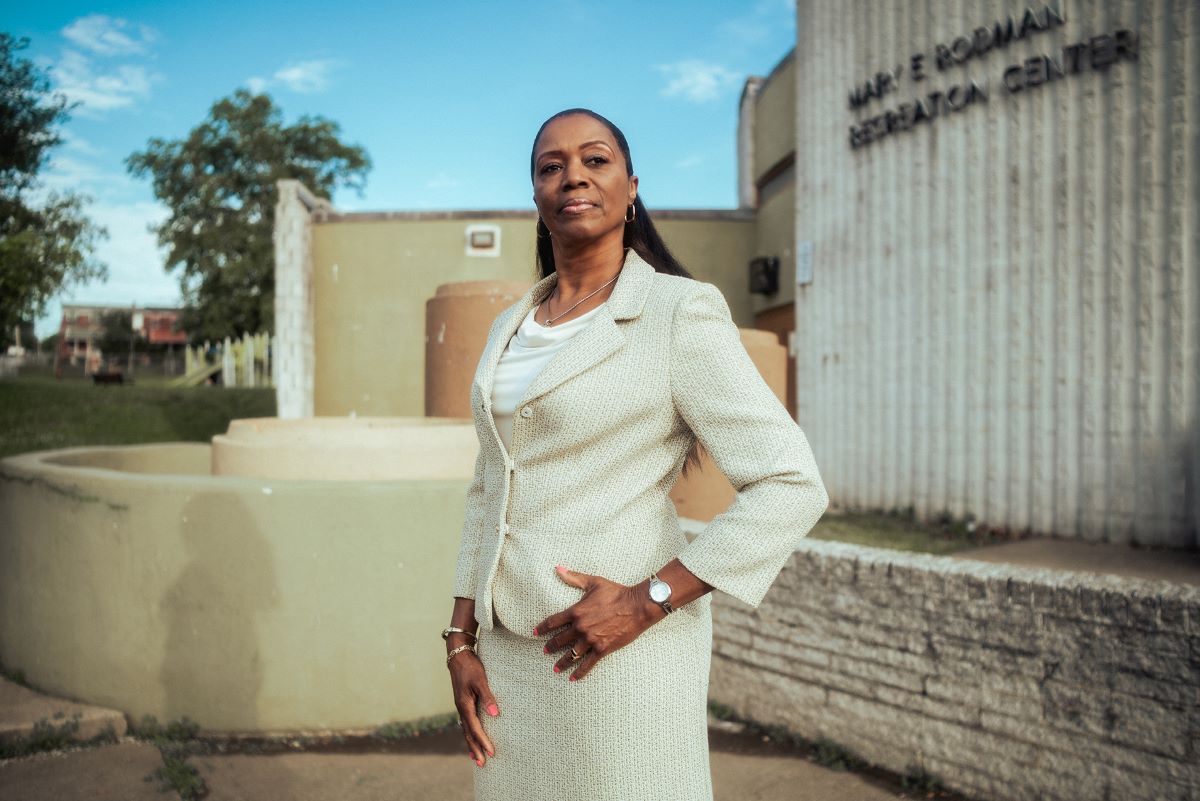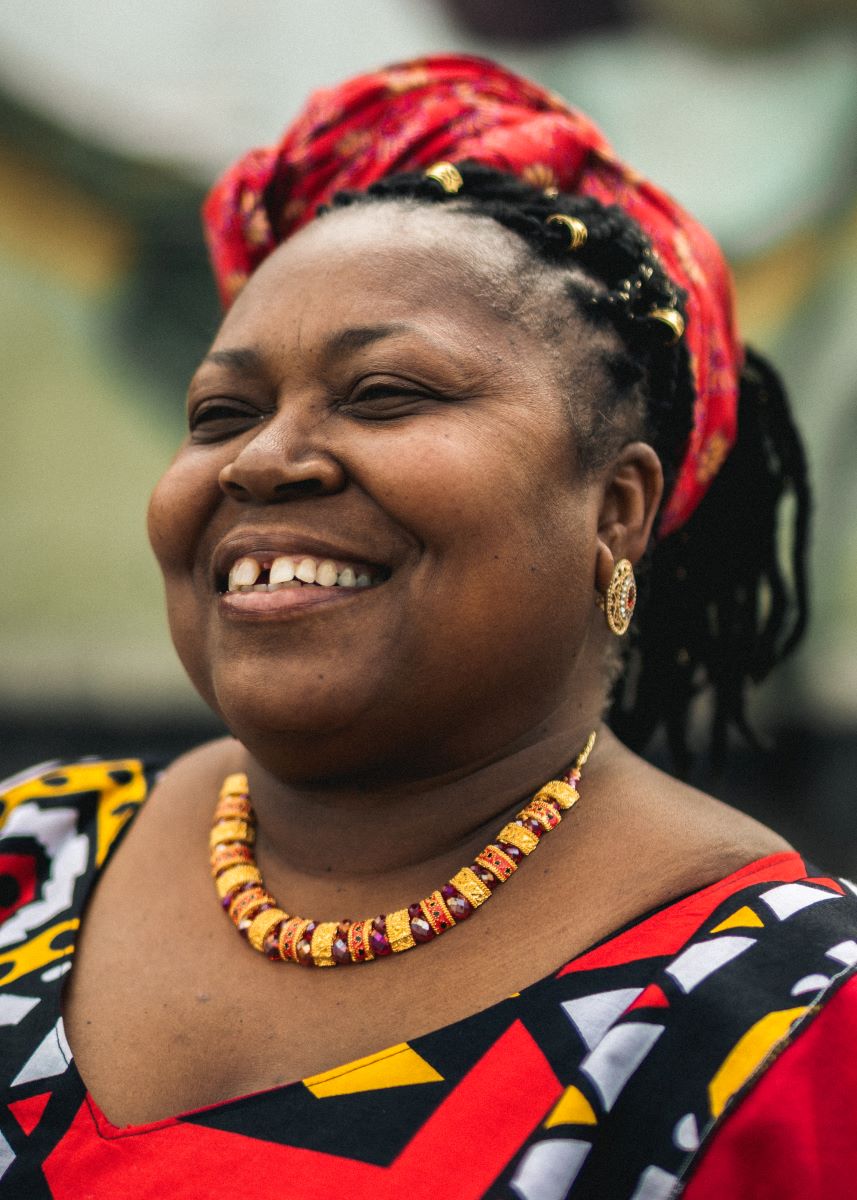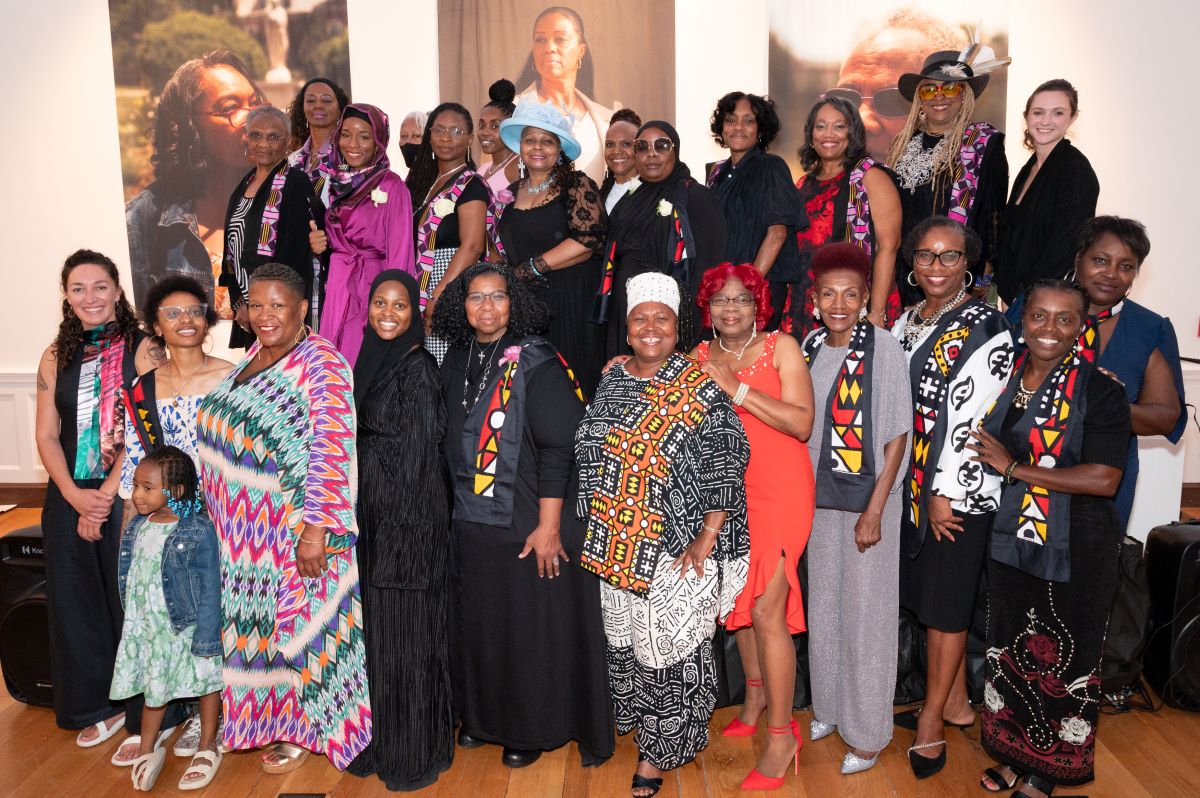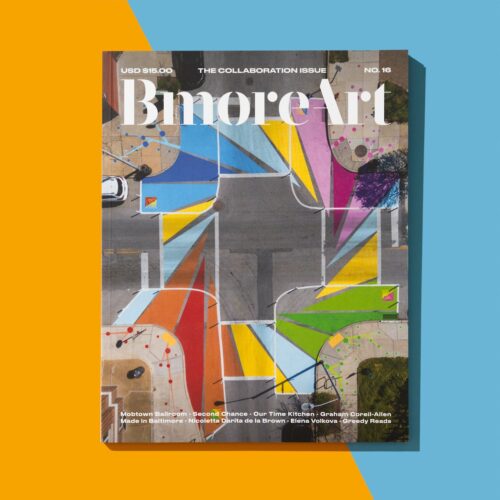“Guardians.” The term conjures visions of impressive, armor-clad sentinels poised to defend. Though their own armor is less flashy, The Guardians of Baltimore are just as striking, courageous, and ready to protect. Twenty-five Guardians; caretakers of Baltimore’s lower-resource neighborhoods; twenty-five Black women, brought together by interdisciplinary artist and educator, Whitney Frazier, and self-taught cinematographer and street photographer, Kirby Griffin.
The Guardians is the name of Frazier and Griffin’s collaborative photo documentary project, as well as the title given to twenty-five female leaders scattered across Baltimore’s urban communities. The women—individuals who, Griffin says, have “dedicated their lives to trying to better Baltimore and the folks most people have given up on”—represent two cohorts of leaders Frazier and Griffin have worked with since early 2021.
When asked how they selected The Guardians, Frazier acknowledges that, though they had initial “criteria,” those benchmarks shifted in tandem with the natural evolution of the project. In broad terms, however, a Guardian is a “woman who doesn’t get [much] media attention, lives and works in Baltimore’s neighborhoods, and holds a leadership position.” Often, Frazier explains, Guardians go under-recognized for their astounding community efforts.
It was the anonymity of these determined trailblazers that inspired Frazier to found The Guardians. For two years, without pause, Frazier and Griffin have interviewed, documented, and collaborated with the twenty-five women. Photographs taken by Griffin of twelve of The Guardians are currently on view in various locations throughout the city: Two Banners can be seen on the facade of The Peale, six at the visitor center, and twelve along the 4500- 5400 blocks of Harford Rd. Frazier’s hope is that the project will elevate The Guardians’ efforts, “helping them be seen by more people so that they can get more resources to support the work they’re already doing.”
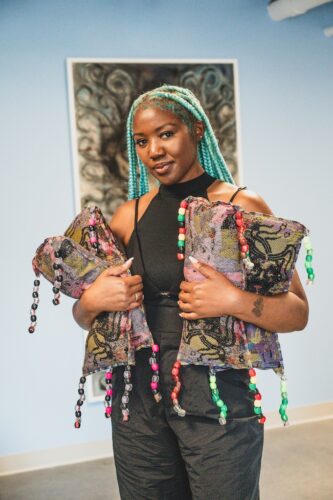
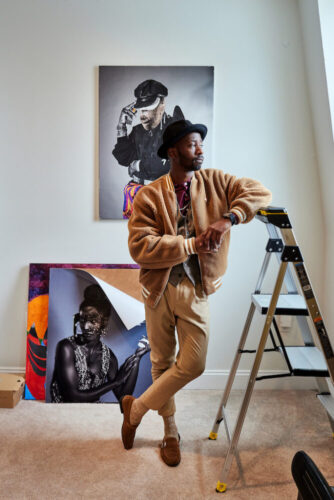
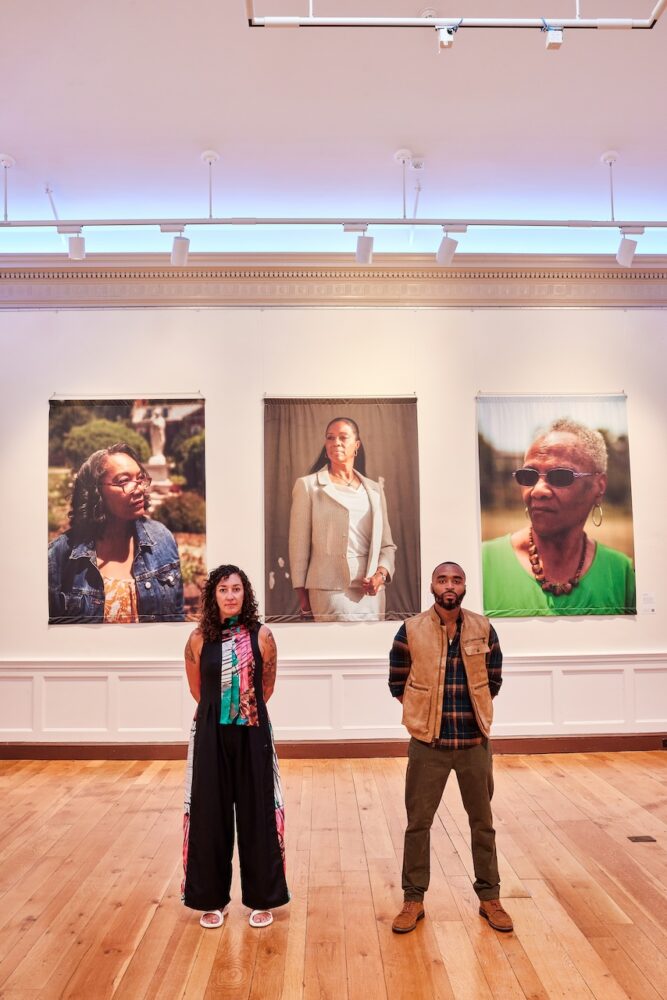

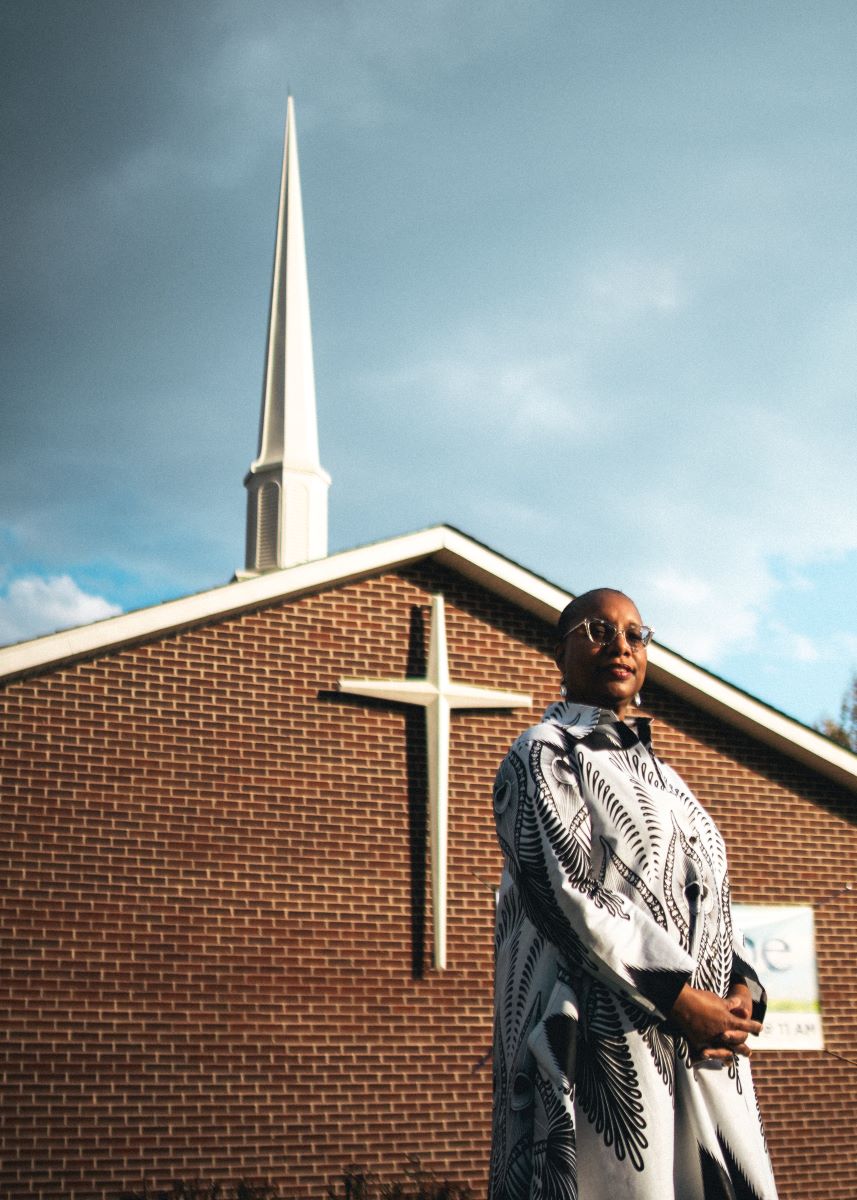
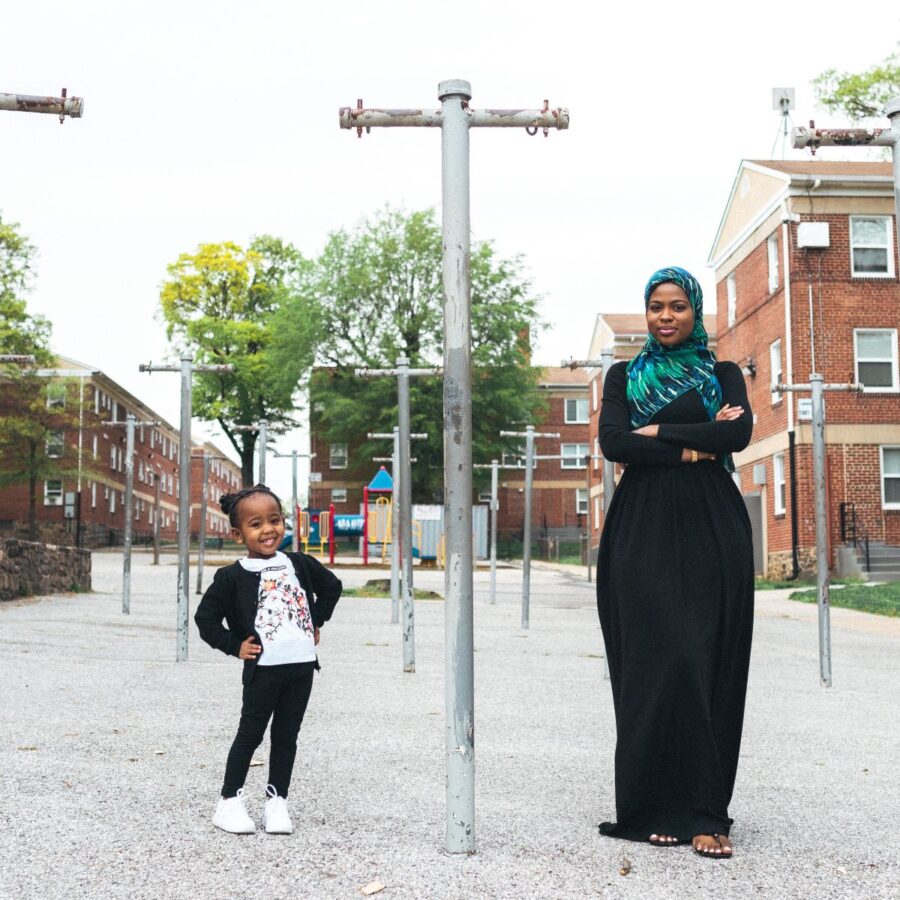
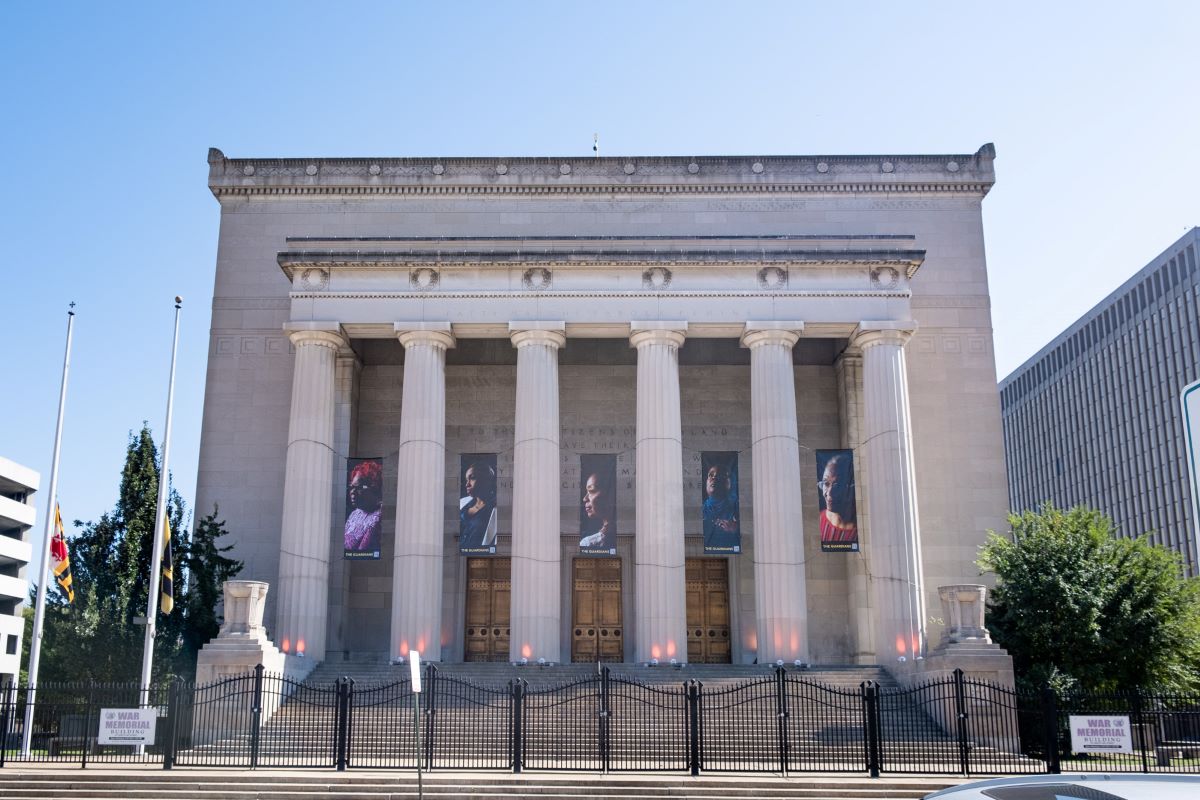

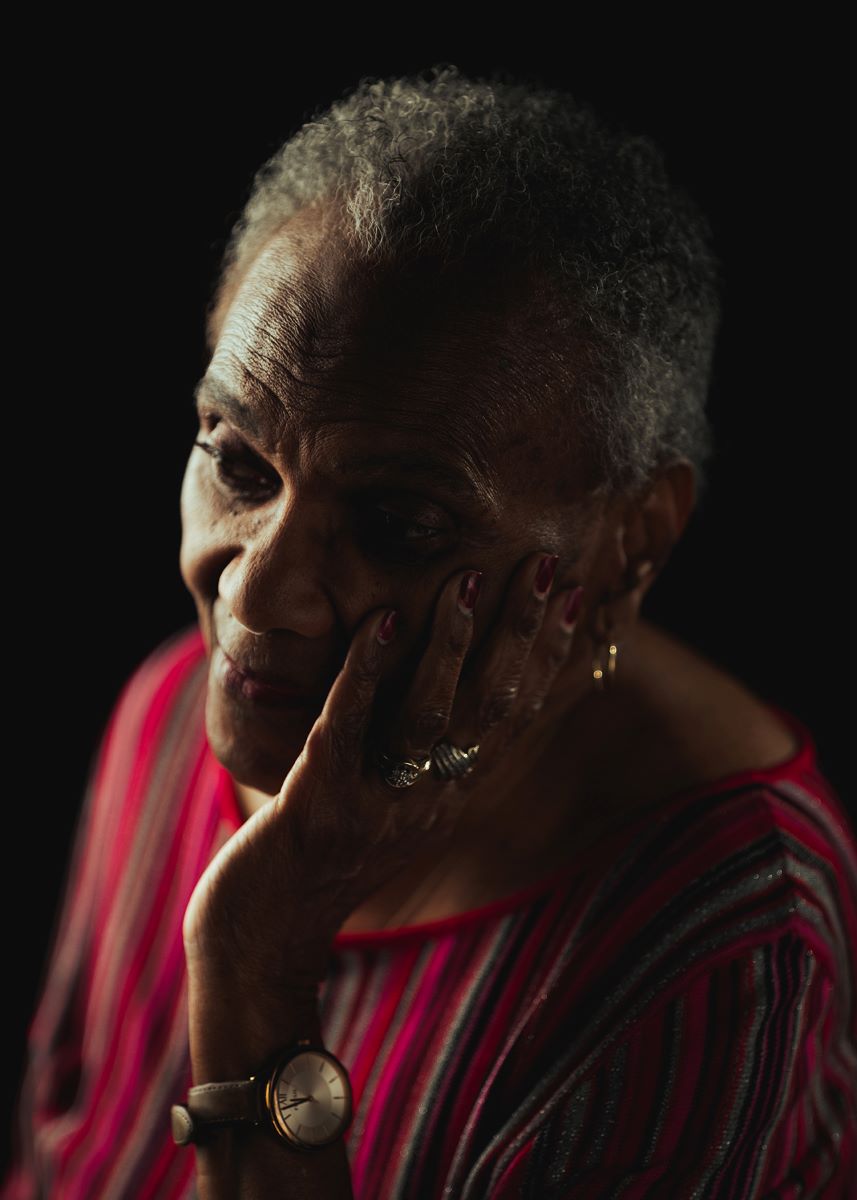

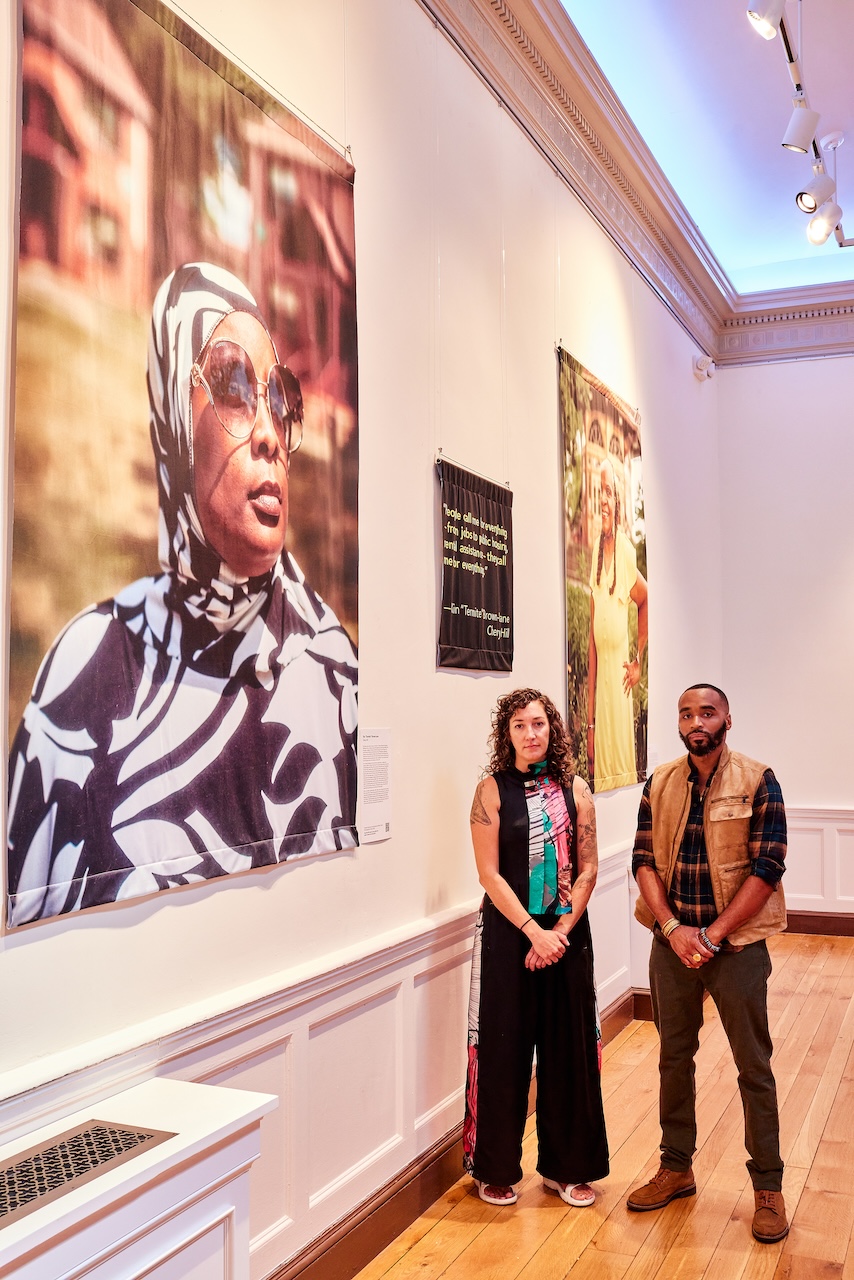 SUBJECT:
SUBJECT: 